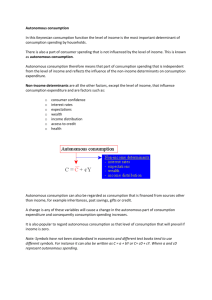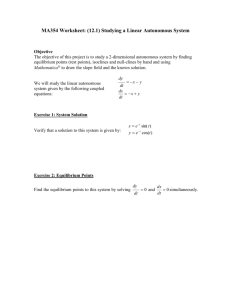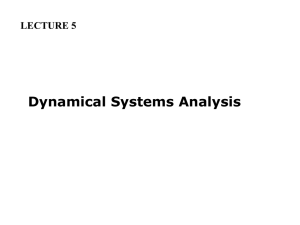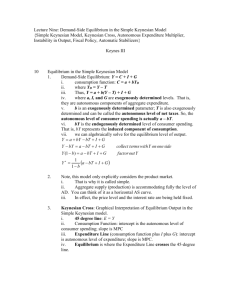LETTERA DI KOSTAS GOURNAS E DI DIMITRIS
advertisement
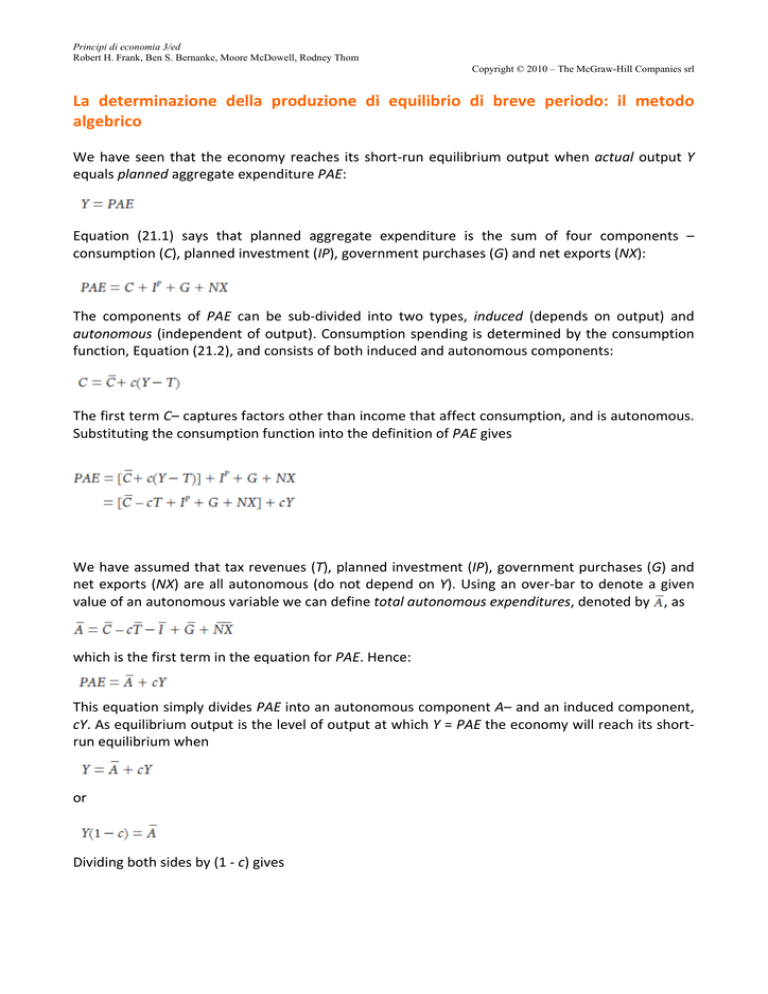
Principi di economia 3/ed Robert H. Frank, Ben S. Bernanke, Moore McDowell, Rodney Thom Copyright © 2010 – The McGraw-Hill Companies srl La determinazione della produzione di equilibrio di breve periodo: il metodo algebrico We have seen that the economy reaches its short‐run equilibrium output when actual output Y equals planned aggregate expenditure PAE: Equation (21.1) says that planned aggregate expenditure is the sum of four components – consumption (C), planned investment (IP), government purchases (G) and net exports (NX): The components of PAE can be sub‐divided into two types, induced (depends on output) and autonomous (independent of output). Consumption spending is determined by the consumption function, Equation (21.2), and consists of both induced and autonomous components: The first term C– captures factors other than income that affect consumption, and is autonomous. Substituting the consumption function into the definition of PAE gives We have assumed that tax revenues (T), planned investment (IP), government purchases (G) and net exports (NX) are all autonomous (do not depend on Y). Using an over‐bar to denote a given value of an autonomous variable we can define total autonomous expenditures, denoted by , as which is the first term in the equation for PAE. Hence: This equation simply divides PAE into an autonomous component A– and an induced component, cY. As equilibrium output is the level of output at which Y = PAE the economy will reach its short‐ run equilibrium when or Dividing both sides by (1 ‐ c) gives Principi di economia 3/ed Robert H. Frank, Ben S. Bernanke, Moore McDowell, Rodney Thom Copyright © 2010 – The McGraw-Hill Companies srl Equation 21.4 gives short‐run equilibrium output in terms of total autonomous expenditures A– and the marginal propensity to consume, c. For given values of total autonomous expenditures and the marginal propensity to consume Equation (21.4) can be used to determine the short‐run equilibrium value of the economy’s output. In Example 21.2, Hence: and
